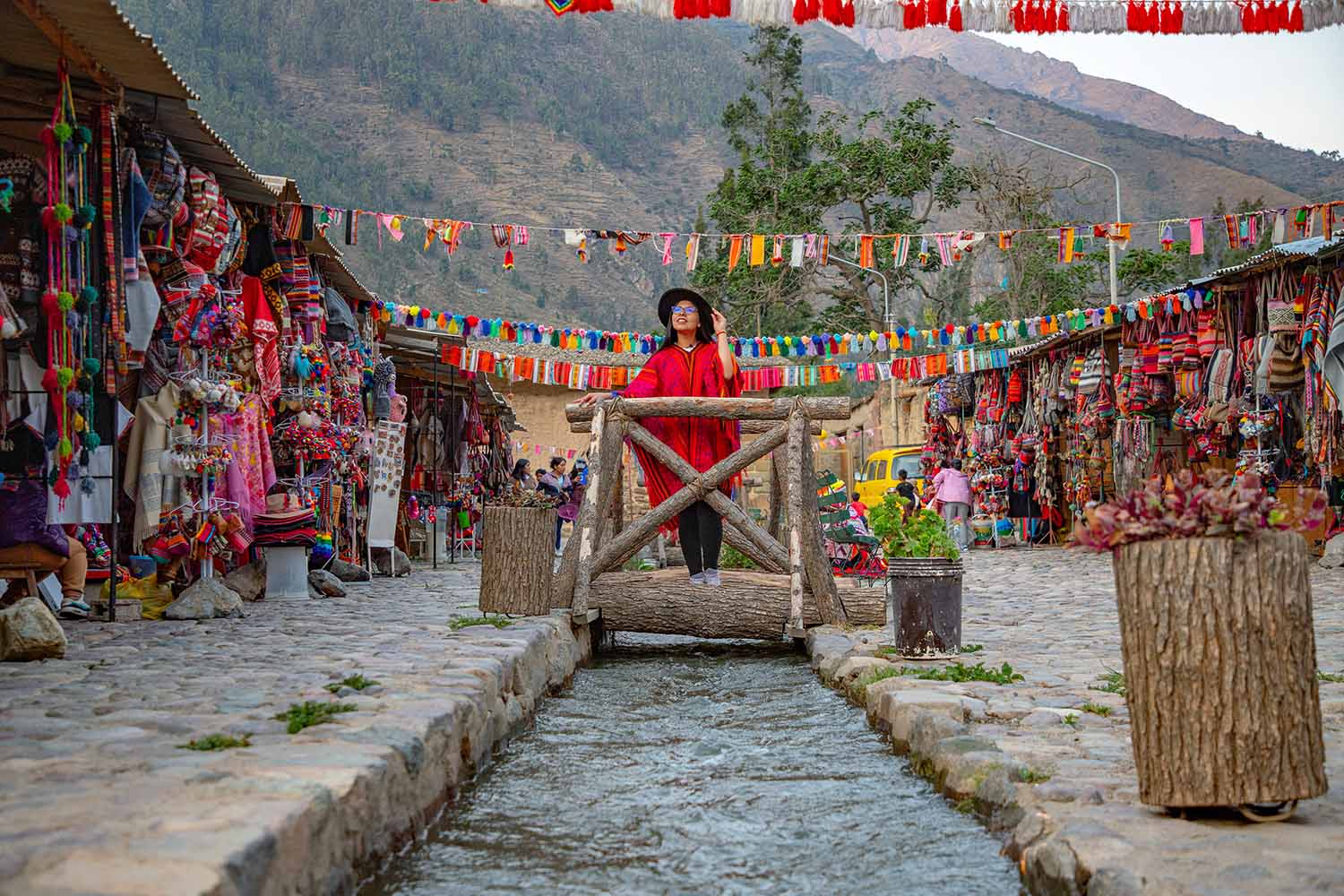Ollantaytambo, located in the Sacred Valley of the Incas in Cusco, is moving towards a regenerative tourism model with the support of international cooperation, setting a milestone in sustainable tourism in Peru.
Known as the "gateway to Machu Picchu," Ollantaytambo is adopting an innovative approach to regenerative tourism to positively impact the environment and its communities. This initiative is part of the REDES Project, supported by Germany's Federal Ministry for Economic Cooperation and Development (BMZ) and organizations like Prisma and Turismo Cuida.
The project’s primary goal is to achieve the Sustainable Tourism Destination certification for Ollantaytambo, granted by TourCert. This distinction aligns with the standards of the Global Sustainable Tourism Council (GSTC) and the 2030 Agenda for Sustainable Development objectives.
By adopting this model, Ollantaytambo aims to establish itself as a leading example of regenerative tourism in Latin America, combining cultural and natural preservation with the well-being of its people.
Beyond sustainability: The concept of regenerative tourism
Regenerative tourism goes further than sustainability by not only minimizing negative impacts but also restoring ecosystems and improving community livelihoods. In Ollantaytambo in Cusco, this approach focuses on:
- Strengthening tourism offers authentic experiences that honor local traditions.
- Protecting the district’s cultural and natural heritage.
- Promoting products and services aligned with international sustainability standards.
- Train local stakeholders to manage tourism effectively and responsibly.
Through initiatives like these, Ollantaytambo in Peru demonstrates how tourism can serve as a powerful tool for fostering sustainable, inclusive, and transformative development.
Read More » Everything about Ollantaytambo


